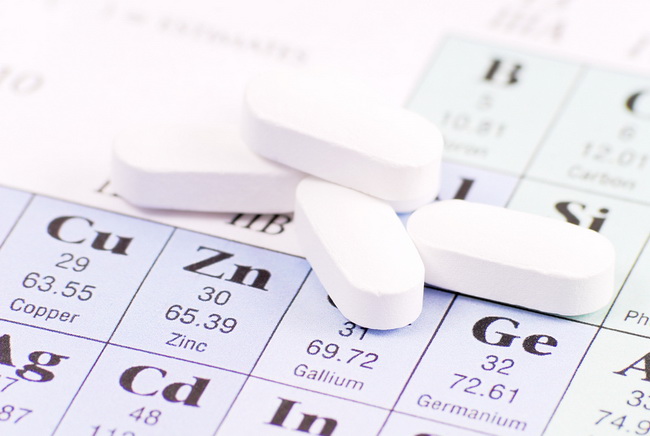- Make It Yourself Lavender Heart-Shaped Bath Bombs!
- 20 Things You Never Knew About “Down There”
- 12 Best Foods For Those Suffering From Arthritis Pain
- 12 Personal Hygiene Mistakes Almost Everyone Makes (Mom Never Told You About #4!)
- 15 Medicinal Plants And Herbs From The Cherokee People
- 12 Mind-Blowing Benefits Of Drinking Coconut Water During Pregnancy
- 12 Outstanding Winter Foods That Won’t Fatten You Up Like A Christmas Turkey
A Lack of This One Mineral Can Cause Male Infertility

Photo credit: bigstock
Men, listen up! If you are suffering from impotence, low sperm count, or infertility, and think you have tried everything, you should pay attention. Your body could be lacking nothing more than a commonly known but little thought about mineral called zinc.
Zinc has many important roles in the body, besides sexual health, including supporting the immune system, skin health, sensory function, enzyme functions and the healing of wounds. Zinc is found in very high concentrations in almost all parts of the body including red and white blood cells, bones, kidneys, retina, pancreas, and the skin. However, semen and the prostate also have high concentrations of zinc, which means that this mineral is vital to male sexual health.
SEE ALSO: Natural Ways to Increase Zinc: 7 Super Foods and Helpful Tips
Males 11 years of age and older should consume a minimum of 15mg per day but 30 to 60mg of zinc will help those with sexual problems.
For the healthy functioning of reproductive organs and the prostate gland, men must have sufficient levels of zinc. This mineral is also an important factor in the healthy functioning of male sex hormones. Zinc is used in every single aspect of the male reproductive system.
A deficiency in zinc can cause seriously poor sexual functioning in men. A few of the symptoms of a zinc deficiency are delayed sexual maturation, testicular atrophy, reduced levels of testosterone, low sperm count, impotence, poor prostate health, as well as infertility. In severe cases, there can even be a complete lack of any sexual function.
Continue to Page 2
































